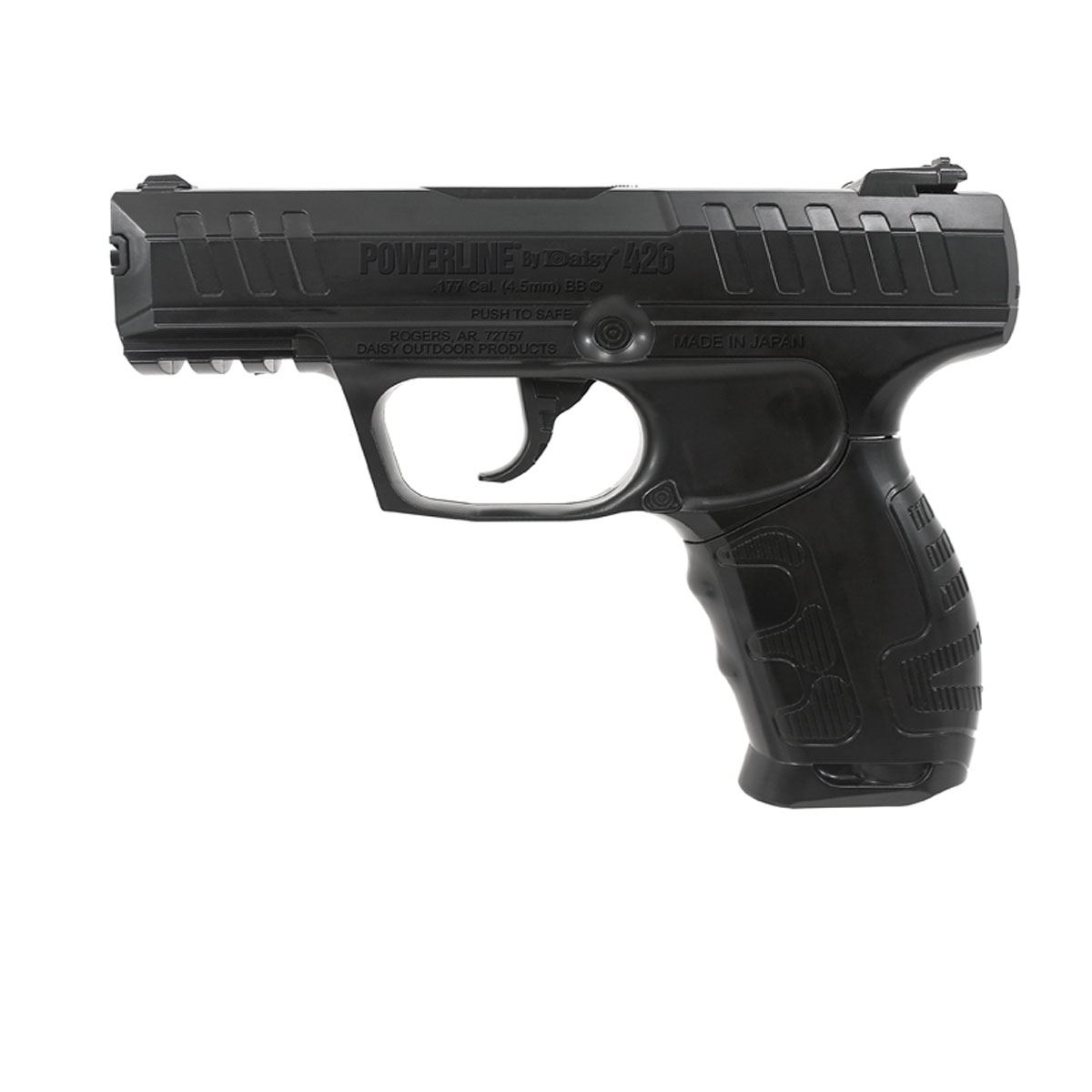


France, Austria and other nations had special sniper detachments using air rifles.

In the hands of skilled soldiers, they gave the military a distinct advantage. Thus, they did not disclose the shooter's position or obscure the shooter's view, unlike the black powder muskets of the 18th and 19th centuries. Moreover, they were quieter than a firearm of similar caliber, had no muzzle flash, and were smokeless. For example, air guns could be discharged in wet weather and rain (unlike both matchlock and flintlock muskets), and discharged much faster than muzzle-loading guns. They were also used in warfare, the most recognized example being the Girandoni air rifle.Īt that time, they had compelling advantages over the primitive firearms of the day. These air rifles were charged using a pump to fill an air reservoir and gave velocities from 650 to 1,000 ft/s (200 to 300 m/s). 51 calibers were used to hunt big-game deer and wild boar. Throughout 17th to 19th century, air guns in. This is the time most historians recognize as the beginning of the modern air gun. The oldest existing mechanical air gun, a bellows air gun dating back to about 1580, is in the Livrustkammaren Museum in Stockholm. 1820–1830Īir guns represent the oldest pneumatic technology. Kunitomo air gun developed by the Japanese inventor Kunitomo Ikkansai, c. There are three different power sources for modern air guns, depending on the design: spring- piston, pneumatic, or bottled compressed gas (most commonly carbon dioxide). The first air guns were developed as early as the 16th century, and have since been used in hunting, shooting sport and even in warfare. tranquilizer guns) or hollow-shaft arrows (so-called "airbows"). Certain types of air guns (usually air rifles) may also launch fin-stabilized projectile such as darts (e.g. Both types typically propel metallic projectiles that are either diabolo-shaped pellets or spherical shots called BBs, although in recent years Minié ball-shaped cylindro-conoidal projectiles called slugs are gaining more popularity. If you’re curious as to which standard your own boxes conform to, look at the manufacturer’s certification stamp that appears on one of the bottom flaps.An air gun or airgun, is a gun that fires projectiles pneumatically with compressed air or other gases that are mechanically pressurized without involving any chemical reactions, in contrast to a firearm, which pressurizes gases chemically via oxidation of combustible propellants that generates propulsive energy by breaking molecular bonds.Īir guns come in both long gun ( air rifle) and handgun ( air pistol) forms. Again, the higher the number, the stronger the corrugated box.įor most general purpose applications, 200# Test and 32ECT are interchangeable however, the board comprising 200# Test material is slightly heavier than the 32ECT equivalent, making it somewhat more expensive.ģ2ECT boxes have become extremely popular since the Edge Crush Test was introduced, partly due to cost, and partly because stacking strength is a more meaningful measure of how a box will perform in the field. Boxes conforming to the Edge Crush Test standard are identified as 32ECT, 44 ECT, etc. The Edge Crush Test, which was developed in the 1990’s, measures the stacking strength of corrugated board – how much top to bottom pressure a box can withstand before crushing. The higher the number, the stronger the corrugated box. Boxes conforming to the Mullen Test standard are identified as 200# Test, 275# Test, etc. The Mullen Test, which has been used for many years, tests the bursting strength of corrugated board – how much pressure is required to rupture the wall of a piece of corrugated material. This leads to quite a bit of confusion in the marketplace. However, in the corrugated industry, there are two standards – the Mullen Test and the Edge Crush Test. Most industries have a standard for measuring or describing the construction of a particular material.


 0 kommentar(er)
0 kommentar(er)
